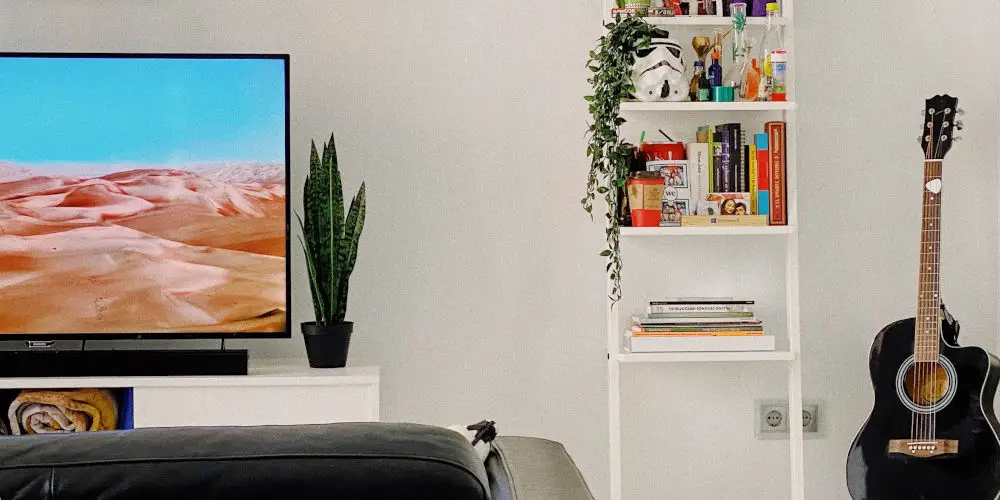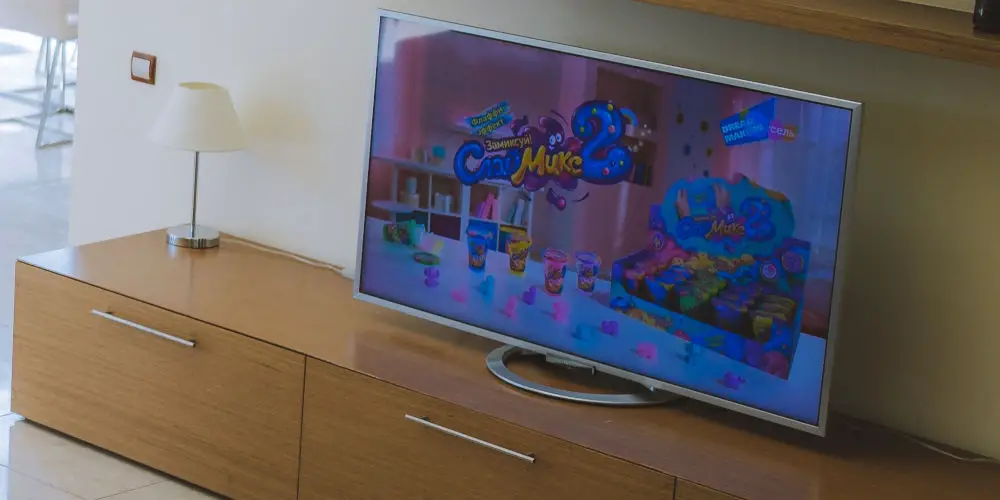Chromecast vs Miracast: differences and which is best

Comparing Chromecast vs Miracast might seem slightly strange, as they appear to do the same thing. Using Chromecast or Miracast, you can share content from a phone or tablet onto your TV. However, they use different methods, and so are worth comparing.
You’ve probably seen the Miracast label on various electronics, such as smartphones and TVs. And you might have even tried it. If you haven’t, don’t worry, we’ll explain what it is and why you might want to use it.
In short, Miracast is a wireless display and video streaming standard supported by many devices. You’ll find the Miracast technology in televisions, streaming sticks/dongles, phones, and set-top boxes.
You can use Miracast to duplicate what’s on the screen on one device onto a different device’s display without needing an HDMI cable or network connection.
Many believe it’s similar to Google’s Chromecast or Apple’s AirPlay. But they’re only partly correct. All three technologies work similarly, but they’re also vastly different.
Your Chromecast works in a completely different way. No files transfer from your phone to your TV. Instead, your smartphone tells the Chromecast where to look for the files. From there, it plays the content locally and doesn’t need your phone; other than for control.
While you hopefully understand the topic a little better, it’s worth explaining the difference between Chromecast vs Miracast in more detail. By the end of this article, you’ll have a better idea.
What is Miracast technology?
Let’s start by explaining the Miracast technology. Rather than being owned by a single brand, Miracast is an industry standard. Invented by the Wi-Fi Alliance, the same body that enforces Wi-Fi standards, Miracast is a cross-platform solution and isn’t limited by brand or ecosystem.
Miracast acts like a wireless HDMI cable. It allows a mobile device (for example) to discover and connect to another device, such as a television, and mirror whatever your device displays on its screen.
Miracast uses Wi-Fi Direct technology, enabling two devices to form a direct, peer-to-peer Wi-Fi connection. They automatically discover and connect without a wireless router, allowing data to flow freely between paired devices.
Many consider Miracast an alternative to Apple’s AirPlay but with one major difference. It’s widely available and not owned by a single brand. You’ll find the technology in smartphones, tablets, TVs, set-top boxes, and streaming devices, among other devices.

How does Miracast work?
Miracast can take whatever you see on one device and duplicate that in real-time on another display in high definition and with audio. It also does this without relying on your home’s Wi-Fi network.
It uses the H.264 codec to mirror video in 1080p and produce 5.1 surround sound audio. It also has a DRM layer so that a Miracast-supported mobile device can mirror copyright-protected content, such as DVDs and music, from its screen to a Miracast-compatible receiver.
However, it does have one major pitfall. If you’re watching a movie on an Android device and using Miracast to mirror it to your TV, Miracast will pair both devices. Your Android device will need to stay awake. If it goes to sleep, your television will go dark.
As you’re directly mirroring content from one device to another, Miracast could drain your device’s battery. Not ideal if you’re using older devices or ones with plenty of apps already running.
How are the Chromecast, AirPlay and Fire TV stick different?
The story is completely different for Chromecast, AirPlay, and Fire TV sticks. These devices use your phone or tablet to relay where the dongle content can find the content. They don’t actually play it.
You can still control the content you’re watching using your phone or tablet, but they only ask the streaming dongle to complete an action. Your phone/tablet can’t control the situation.
Hence, you might see a delay between when you push the pause button on your device and when the content on your TV stops or why you need to tap the cast button if the app stops displaying the control bar as your device needs to reconnect with the streaming dongle.
The other benefit of how streaming dongles works is you can use your mobile device or tablet to scroll social media, play a game or browse the web without disrupting what you see on screen. Something you can’t do with Miracast, hence why many feel their Chromecast is superior.
Chromecast vs Miracast vs AirPlay vs Fire TV Stick
A variety of competing wireless standards and protocols are available. All make it easy to enjoy content from your mobile device on your TV or another display.
Google’s Chromecast and Apple’s AirPlay are just two alternatives to Miracast. Another popular one is the Amazon Fire TV Stick. So, it’s worth comparing Chromecast vs Miracast vs AirPlay vs Fire TV Stick!
Chromecast
The Google Chromecast is an affordable dongle that plugs into your television’s HDMI port and uses the DIAL (Discover-And-Launch) protocol. Simply, open an app like Netflix on your Android or iOS device and command the app to stream video to your Chromecast.
As it uses Wi-Fi, Chromecast requires an internet connection from a local wireless router and won’t work without one. As your mobile device tells Chromecast where to find the content, it doesn’t play it. So, you can use your mobile device for other purposes, while still having control.
Chromecast also allows you to duplicate your desktop or a Chrome tab onto your television’s display. So, it doesn’t just mirror the contents of your mobile device’s screen. You could argue that it’s more of a digital media player that’s more intelligent than Miracast.
Fire TV Stick
The Fire TV Stick range uses Android as the operating system (OS), so works in a similar fashion to the Chromecast. Of course, Amazon has customised the Fire OS for their needs. It feels slightly different but works in the same way.
AirPlay
Created by Apple, AirPlay allows you to stream video from an iOS device or a Mac to an Apple TV. You can use it to display your Mac’s desktop on your television.
Also, it can stream a video playing in an iPhone app onto your TV while still allowing you to access the playback controls on your iPhone. Plus, it can mirror your iPad’s screen onto your television.
Apple’s wireless display standard is intelligent enough to stream the content you want to see and display. However, as often with Apple, it’s limited to their devices. And so, you’d need third-party software to use AirPlay with a Windows laptop or Android phone.

Chromecast vs Miracast: Your best option?
While you might see it as Chromecast vs Miracast, they are completely different technologies that provide a similar outcome. You’re unlikely to use both simultaneously and will probably stick to one protocol. So, understanding both systems and when best to use them is essential.
Chromecast is an internet-dependent device which streams content to a TV. Miracast is a peer-to-peer wireless screen mirroring standard using Wi-Fi Direct to connect to other devices without requiring an internet connection.
As long-term Chromecast users, it’s easy to see the device’s appeal, especially over the limitations of Miracast. They are far from perfect, but we don’t see the Chromecast protocol going anywhere soon.




